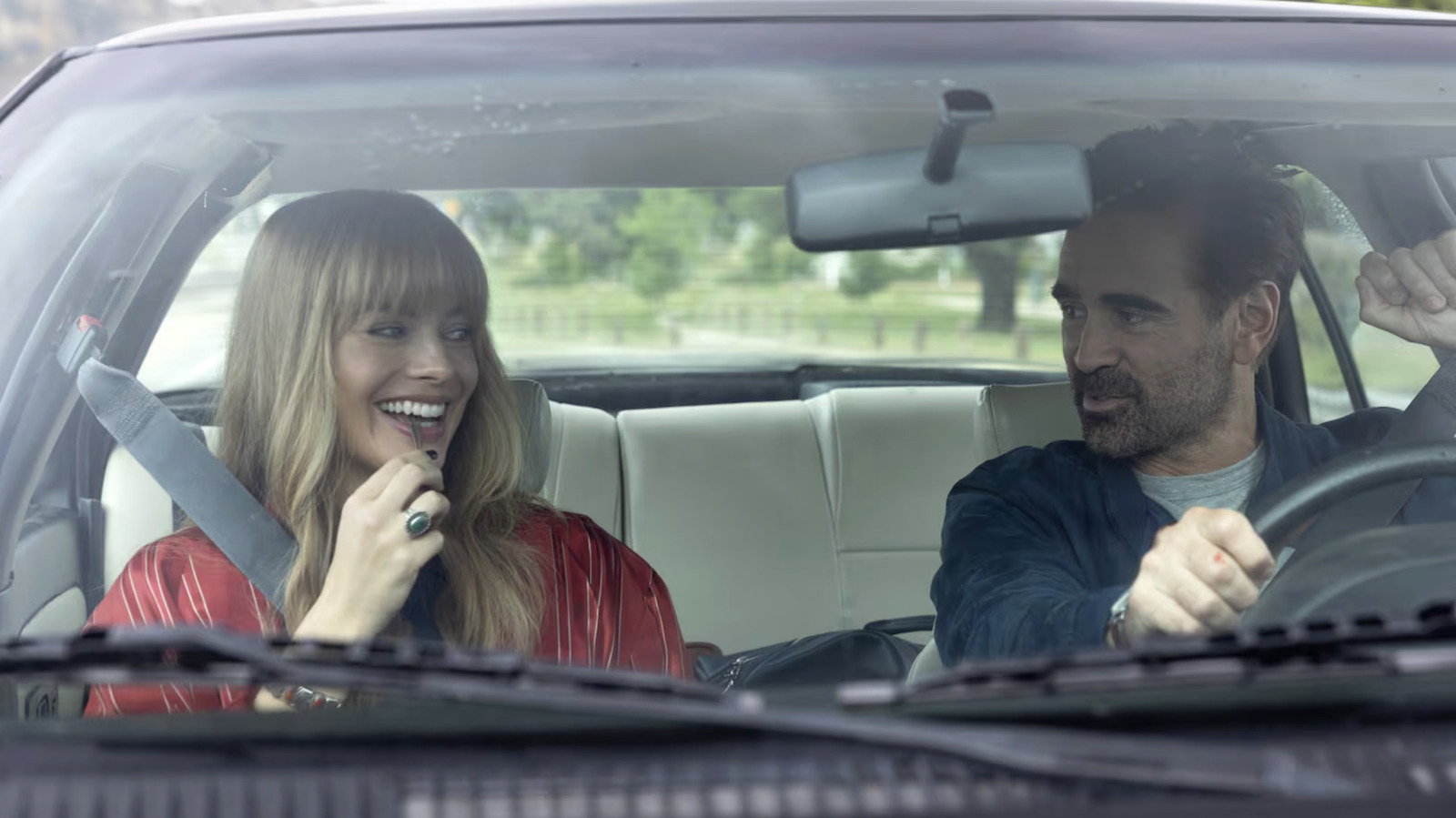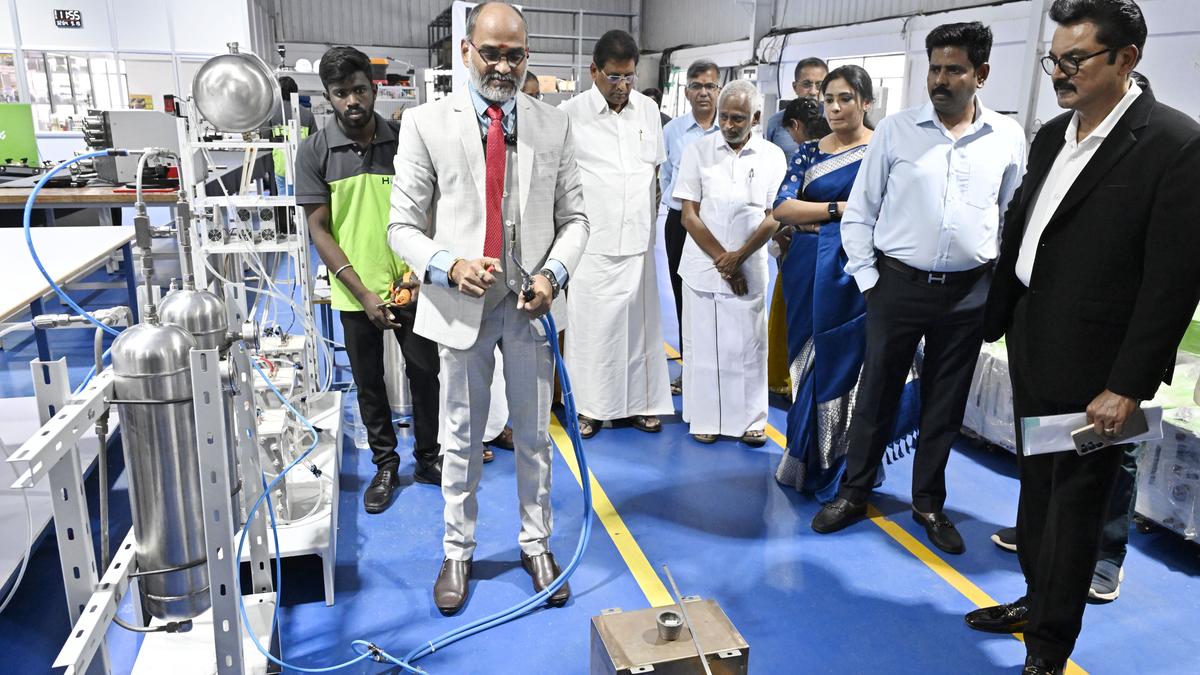
This article contains mild spoilers for “A Big Bold Beautiful Journey.”
For the last 20-odd years or so, we’ve all been living in a futuristic world, even if we can’t see it at times. Technological progress has happened so quickly and suddenly that it’s borderline overwhelming. It’s a testament to the adaptability of human beings that we’ve undergone so many sea changes when it comes to not just new methods of doing work, but of social interaction and all the various advantages and foibles therein. Within my own lifetime, I’ve had to handle the move from apps like AOL Instant Messenger to Facebook, from Twitter to TikTok, from calling to texting, and so on. Now we have the dawn of AI to contend with, and it’s a doozy. Leaving aside the massively problematic issues with the technology — and they are myriad — we now seem to be entering a future in which we can choose to be represented by digital avatars, or even engage with one of them as some facsimile of a partner, romantic or otherwise.
As usual, the future has echoes in the past, not just in terms of human behavior but also in our arts and culture. Science fiction and fantasy have long been the vessel we can pour our hopes and fears into, and it’s fascinating to see our relationship with sci-fi concepts change while somehow remaining the same. One of the first AI characters in cinema — and certainly one which established an archetype for the majority that followed — is HAL 9000, played by Douglas Rain, as seen in Stanley Kubrick’s “2001: A Space Odyssey.” In that film, HAL is an intelligent supercomputer who proves to be almost too human, sabotaging the Discovery mission due to an error that may have been caused by his own neuroses. He’s also represented by a glowing red sphere which pulsates whenever he’s speaking with one of the crew, like Dr. David Bowman (Keir Dullea). This visual shorthand is utilized by Kogonada in his latest film, “A Big Bold Beautiful Journey,” for the GPS technology that directs David (Colin Farrell) and Sarah (Margot Robbie) on their titular trek of self-discovery and budding romance. The GPS in the film acts not just as a cute “2001” Easter egg, but also continues Kogonada’s interest in the relationship between technology and the soul.
As an auteur filmmaker, Kogonada has demonstrated an interest in the relationship between people and the things they make. Not art specifically, but all forms of expression, especially if their stated intention is more functional than emotional or philosophical. In his debut feature, “Columbus,” Kogonada told the story of two lost souls bonding over the unique architecture of the titular town, with the couple finding the meanings within stoic slabs of concrete. Kogonada’s next film, 2022’s “After Yang,” starred Farrell as the patriarch of a blended family whose adopted daughter is devastated when the family’s robotic teen boy, Yang (Justin H. Min), breaks down. The film not only explores the relationship of the family to a piece of technology, underlining how their affection for Yang is very real, but it also peels away layers to Yang himself, revealing that he had secrets and a past all his own, things which non-human entities aren’t generally thought to have.
“A Big Bold Beautiful Journey” is a magical realism fairy tale, and doesn’t explicitly continue Kogonada’s examination of man-made objects infused with human emotion. Indeed, the film is the first feature the director has made that he hasn’t written, too; “Journey” is instead written by Seth Reiss. As such, the journey that David and Sarah go on has its own surreal rules and logic to it, with the characters able to transcend time and space in a manner that’s never explained and never questioned, either. Yet, as /Film’s Witney Seibold mentions in his review of the film, the GPS “will serve as God in this universe.” He’s right, as the GPS is the singular guiding force (literally) of the film. Even the proprietors of the car rental agency where David and Sarah get their magic GPS devices, while harboring knowing twinkles in their eyes, are perhaps not much more than they seem.
It’s the GPS that appears to be the singular all-knowing being in the movie, which feels like Kogonada’s sly observation toward our collective reliance on not just that particular technology, but all forms of tech to guide us through our daily lives. Thus, the “2001” allusion is two-fold: it’s that aforementioned satiric commentary, with the GPS being a gentler HAL 9000, ruling the fate of another man named David. Yet it’s also a nod to how “2001” is ultimately a chronicle of the evolution of humanity, with HAL being a stepping stone toward a new form of enlightenment. It may be that Kogonada is sensing the same thing that Celine Song has, too, which is that humanity is reaching an evolutionary turning point in its definitions of romance. Because otherwise, it’s very coincidental that both “A Big Bold Beautiful Journey” and “Materialists” have “2001” Easter eggs. Only the future will tell.



